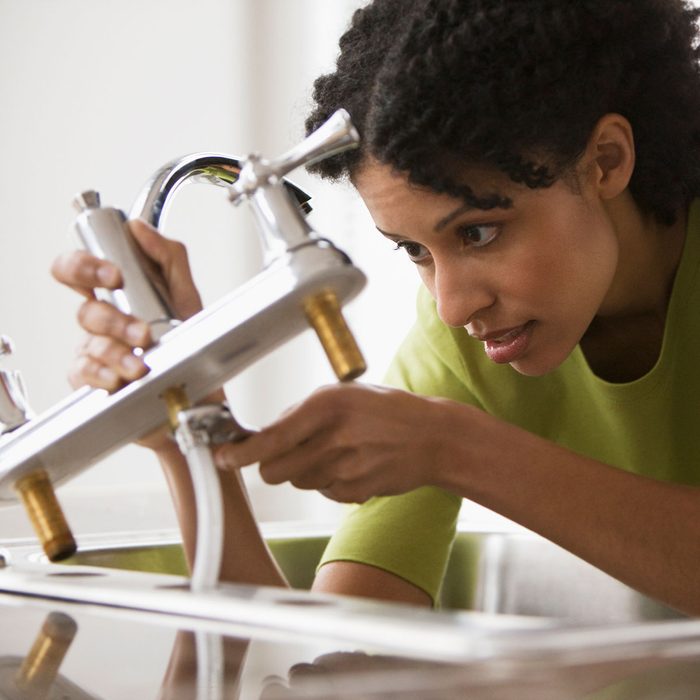We caught up with Joe Barnes, a second-generation master plumber with more than 30 years of experience, to tackle this easy DIY project.
Our editors and experts handpick every product we feature. We may earn a commission from your purchases.Learn more.



































